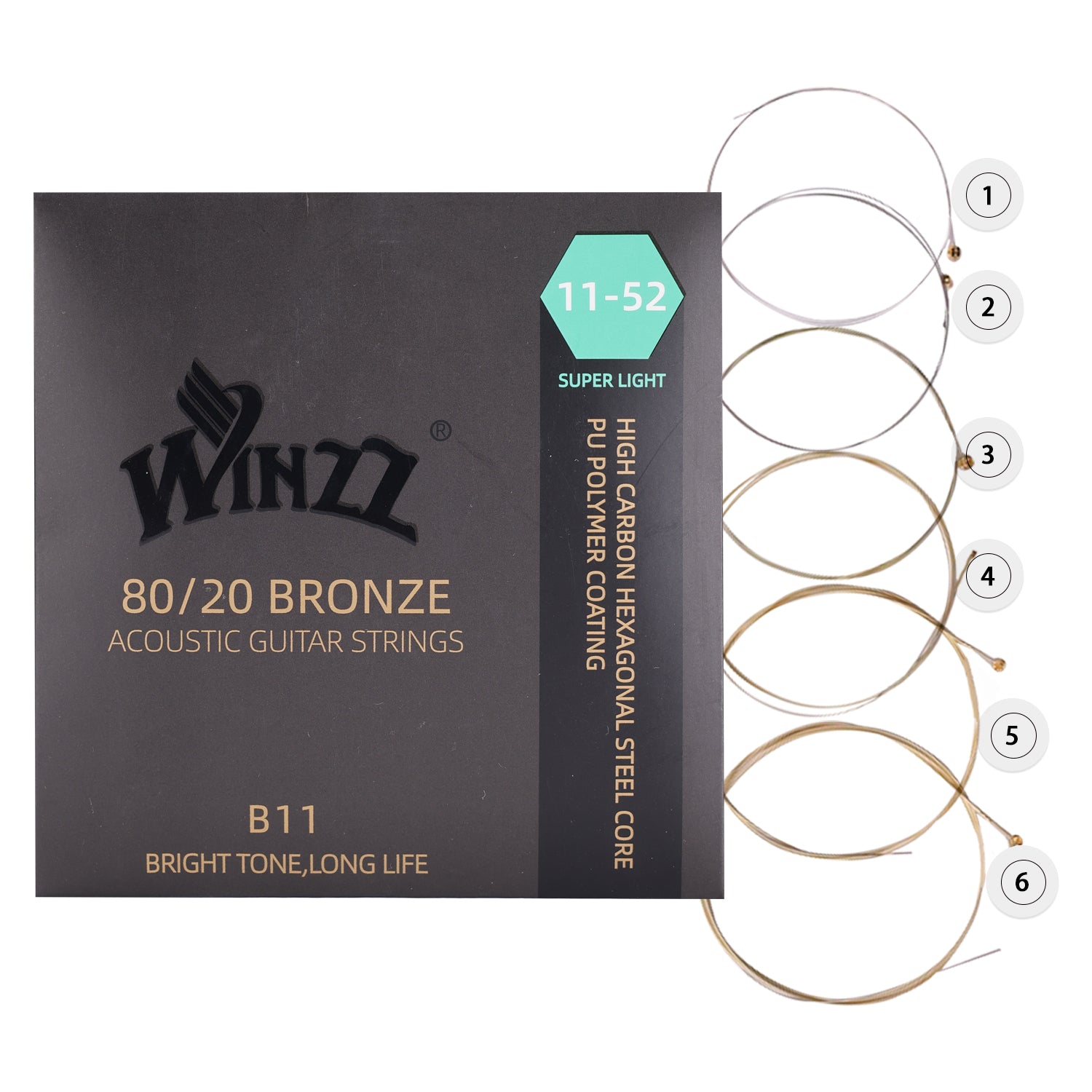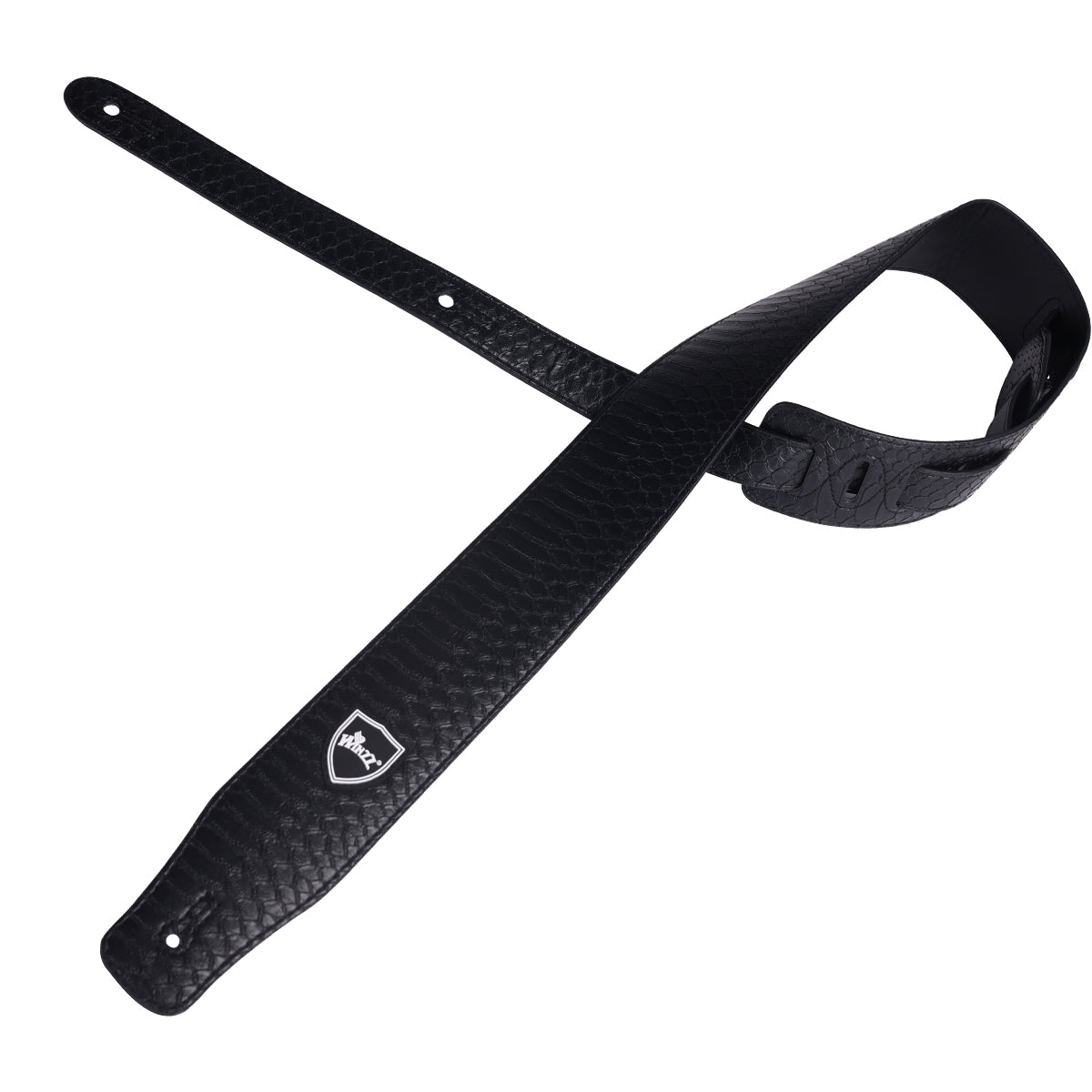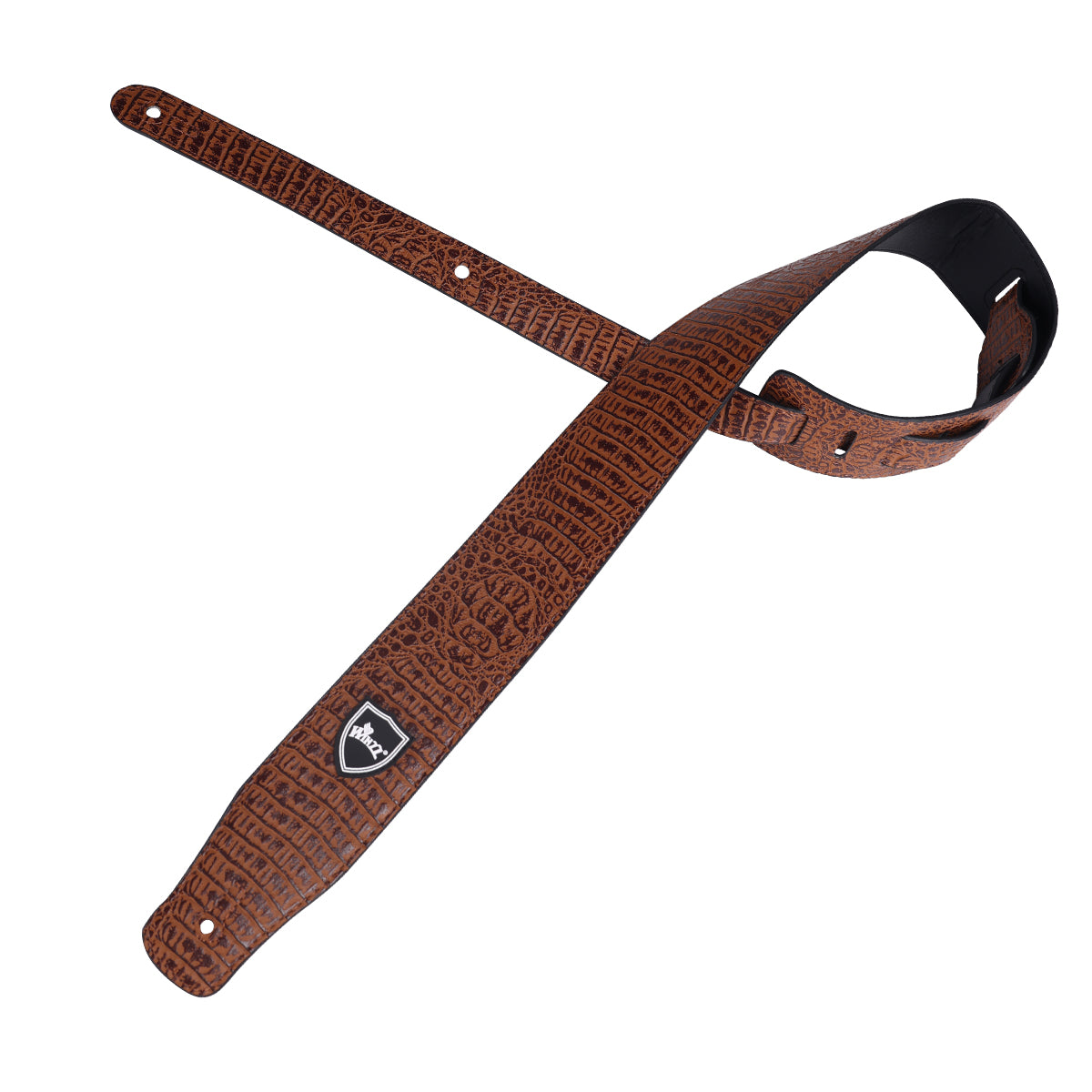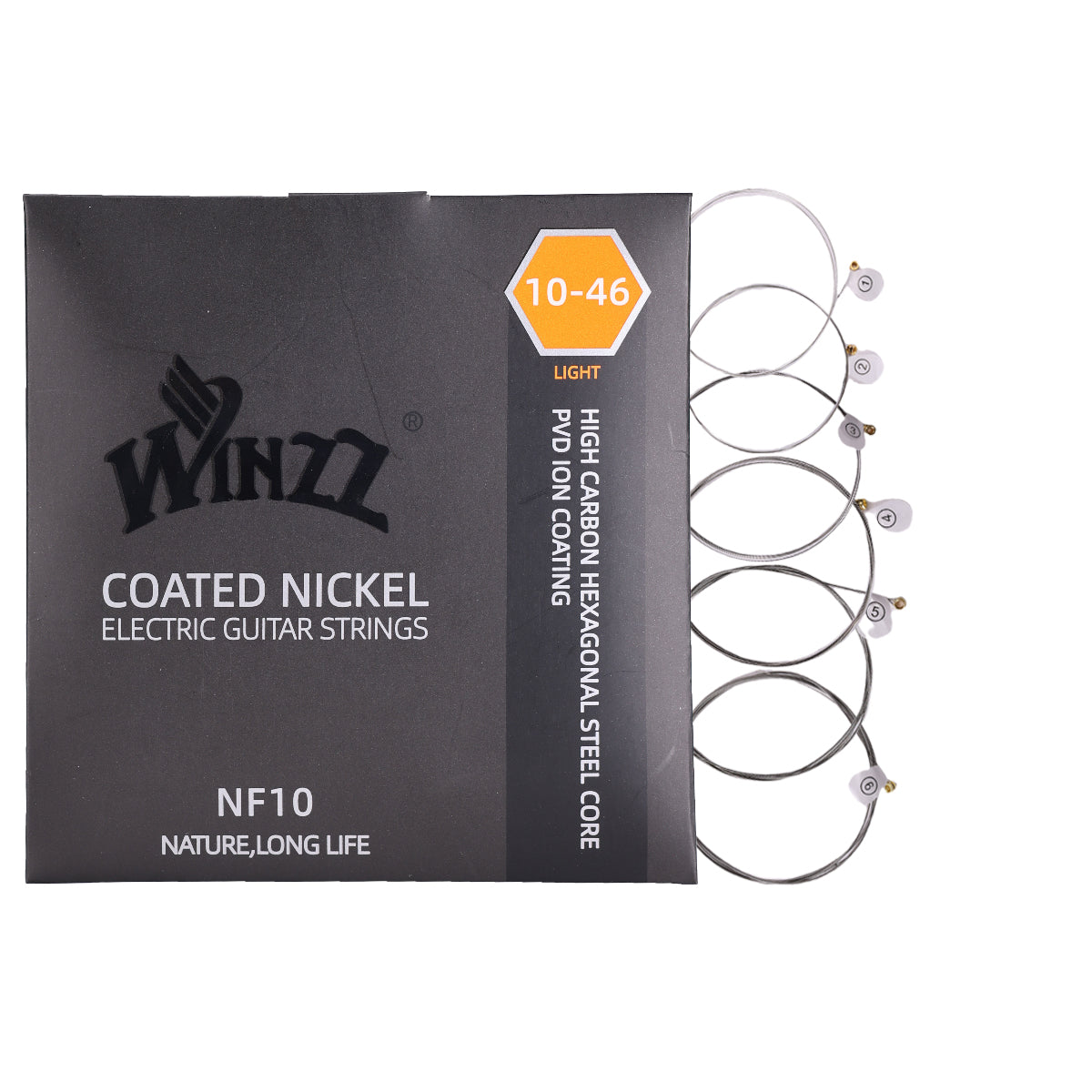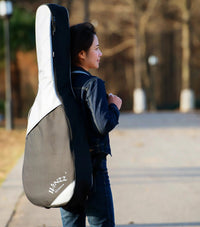Which “shoulder” would you choose to play
Acoustic guitar enthusiasts will find their choice of guitar model very diverse and confusing. There are so many variations on a simple theme that require the exercise of keen taste, and that long means noticing the subtle differences.
Dreadnoughts are the gold standard design with steel-string flat tops, however some dreadnoughts have square shoulders, which means the top of the body is flat, while others have rounded or "sloped" shoulders, from There is a gentler curve from the body to the neck.
This distinction in design is a subtle one, but a debate continues over whether shoulder shape is purely an aesthetic concern or a significant influence on a guitar’s performance.
So next, let us take a look at the advantages and disadvantages between slope shoulder dreadnought guitar and square shoulder dreadnought guitar
A slope shoulder dreadnought, also known as a “slope-shouldered dreadnought” or “slope D,” is a type of acoustic guitar body shape that combines features of both the dreadnought and the slope-shouldered design.The slope shoulder design refers to a modification of the dreadnought shape where the shoulders of the guitar body have a rounded slope, rather than the more squared-off shoulders of a traditional dreadnought.
The slope shoulder dreadnought combines the body size and depth of a dreadnought with the rounded shoulders of a slope shoulder design. This hybrid shape aims to offer a balance between the strong projection and bass response of a dreadnought and the warm, mellow tones associated with slope shoulder guitars. The result is a guitar that can provide a powerful and rich sound, while still retaining some of the warmth and character of the older slope shoulder design.
Many acoustic and blues players are attracted to this guitar because of its warm and mellow tone.Several famous musicians have also used or are known to play the Slope Shoulder D.

Bob Dylan

John Hiatt
If you want to try slope d, you might as well consider WINZZ's newly launched AFM16. This model uses a classic combination of spruce and mahogany, and what is unique is that a carbon fiber reinforced rod is added to the neck. This technology makes the neck stronger and avoids the influence of climate temperature to a certain extent.

The dreadnought guitar has a classic, traditional shape, invented in 1916 to shine through in big band and orchestra settings without amplification. These guitars are characterized by a wider waist and square shoulders. A dreadnought will sound reasonably balanced, with robust lows, snappy mids, and brilliant highs.
In terms of fit, the wide waist of the dreadnought shape places the guitar a little higher up in a seated player’s lap. Its traditional look and feel will be especially at home in folk or bluegrass music, but its sound translates well across the musical spectrum. If you like to flatpick and dig in while playing, this may be the guitar for you.
Dreadnought guitars are loud and are ideal for playing in a band.The Dreadnought quickly gained popularity among acoustic guitar players and is one of the most sought-after acoustic guitar variants on the market. It is commonly used for playing rock, country, blues, and bluegrass.
Let's enjoy the sound of WINZZ AFM18 Square shoudler Dreadnought Acoustic Guitar!
Many famous musicians have also used or are known to play the dreadnought guitars.

Neil Young
Overall,the tone of slope D is warmer and rounder than that of the square shoulder. It is more suitable for small indoor performances. The sound of the square-shouldered dreadnought will be louder and more suitable for the stage.Slope shoulders are more comfortable than square shoulders, but square shoulders are more suitable for playing more classic pieces.
Now, do you know what shoulder to choose?













